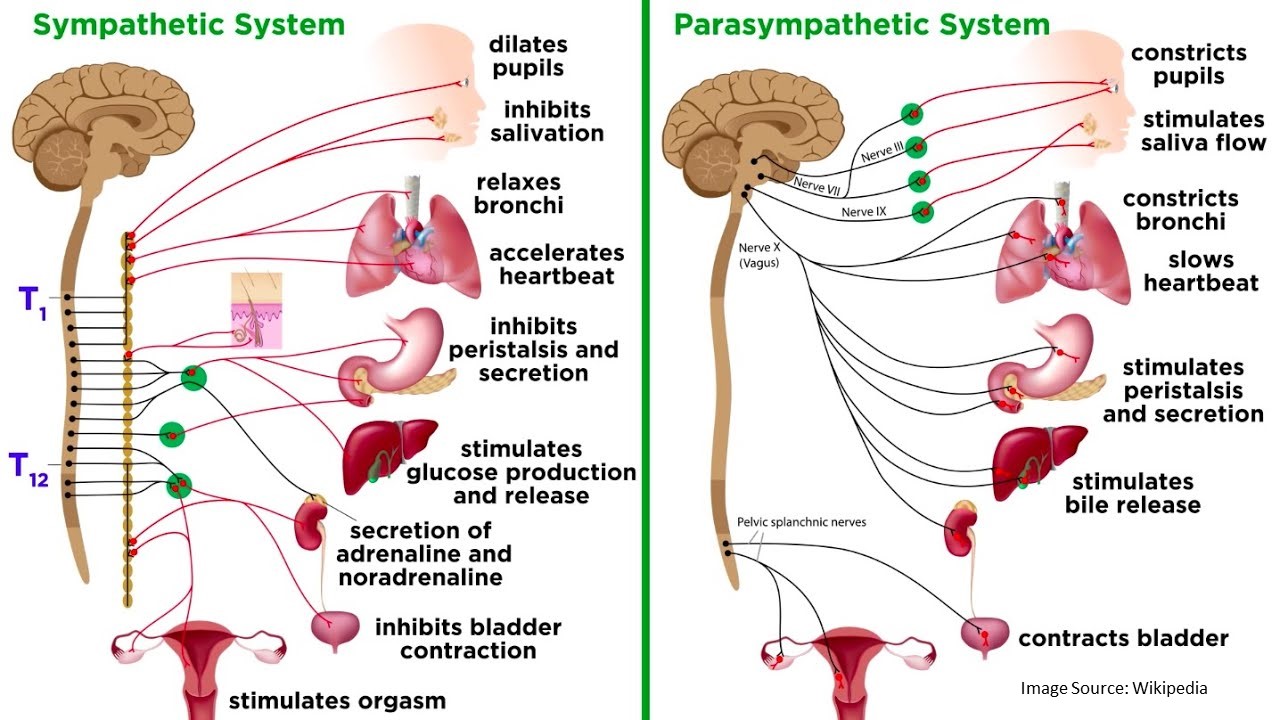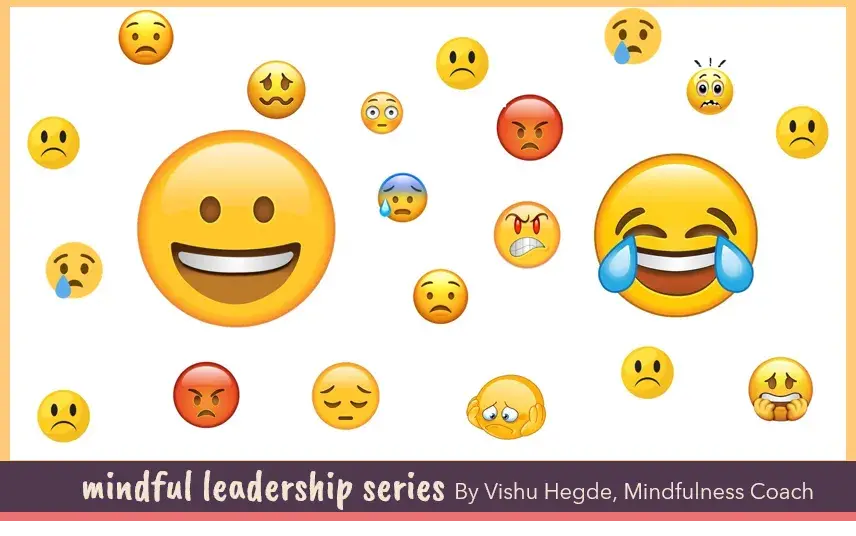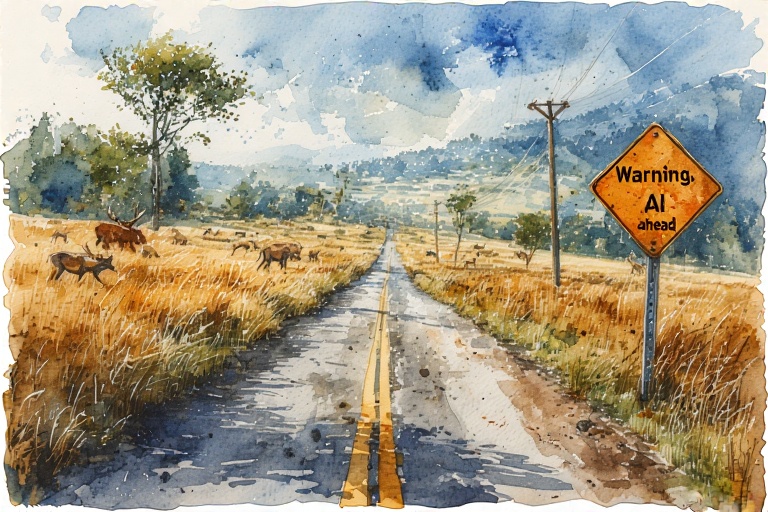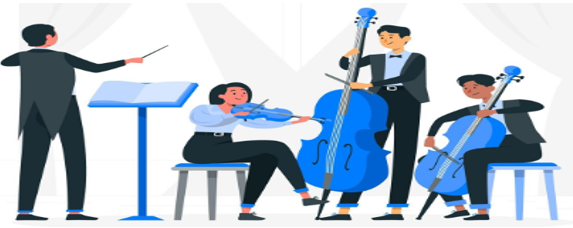We all know that our facial expressions change based on our emotions, moods, feelings. Do you know that it works the other way also? – If we change our facial expression, it changes the emotions, moods, feelings also. Try it out. When you have any negative emotions/feeling, just smile or laugh, even if it’s artificial. You can observe that the emotion/feeling changes.
Even more interesting fact is that for different emotions, feelings, moods, thoughts, we have different breathing pattern. If we keenly observe, we can notice that when we are in a happy and positive state of mind, our breathing is deep and slow. When we have any negative emotions, our breathing is shallow and fast. Even the temperature of the breath changes; the proportions of inhale and exhale changes.
Now the real power of breath is here: If we change the breathing pattern, our emotions, moods, feelings, thoughts change! With that the heartbeat, blood pressure, metabolism change. Breath is the link between mind & body; Breath is the lever to control nervous system, body, mind and energy. That’s why breath is used as a powerful tool in all Yogic practices.
Modern Neuroscience brings scientific evidence of these facts. In our Autonomic Nervous System, the Sympathetic Nervous system triggers flight or fight response – it increases the adrenalin, heartbeat, blood pressure etc. to gear up the system to fight or run away from the threat – survival instinct. Whereas the Parasympathetic Nervous System calms down and relaxes the whole system.

Research shows that Inhale cycle of our breathing is linked to Sympathetic Nervous system and Exhale cycle is connected to Parasympathetic Nervous System. If the Inhale is longer and Exhale is shorter, it excites the system; If the Exhale is longer and Inhale is shorter, then it calms down the system.
Based on these facts, below are a few simple steps to diffuse the Anxiety instantly. If you are feeling tense/anxious about an upcoming meeting, a difficult conversation, presentation or examination (for students), etc. try these tips:
- Become aware that you are feeling anxious.
- Put a smile on your face, even if it’s artificial.
- Breathe a few cycles of shorter Inhale and longer Exhale for 2 minutes. This is the most important part. For example, this could be 4 counts of inhale and 6 counts of exhale. Making the breath slow & deep, but maintaining the longer exhale compared to inhale, helps. You can also introduce a 1 count of pause between inhale & exhale states. This will reduce activating the Sympathetic system and stimulate the Parasympathetic system, leading to instant relaxation and calmness.
Caution: People with low BP should be careful so that the blood pressure does not go too low.
This approach works not only for anxiety, but also for all negative emotions like anger, fear, worry, sadness etc. The more we practice, it builds the mental muscle – we will be able to detect & defuse the negative emotions as soon as they are born (before they grow big) and over a period we will notice that the tendency to get into negative emotions, anxiety, fear etc. itself will reduce. Thus, we can cultivate a habit of being in positive states of mind for longer periods of time. The more we are in positive state, we can deal with difficult people & situations more easily, create more positive environment around us for everybody – isn’t that a great leadership manifestation?
Here is an invitation for you to explore, experiment and experience with some of the Mindfulness practices
Stay tuned for more in Mindful Leadership series
You can download a free eBook on Mindfulness@Work here.
You can practice audio/video guided Mindfulness techniques here.
You can get more info on Mindful Leadership here.
If you are curious & adventurous and want to explore & experiment deeper, watch the following videos in that order:
- Managing Self with Mindfulness@WFH : Managing Self
- Holistic Mindfulness – Body, Mind, Energy Integrated Approach: Holistic Mindfulness
- Beyond Mindfulness – No Mind : Beyond Mindfulness





